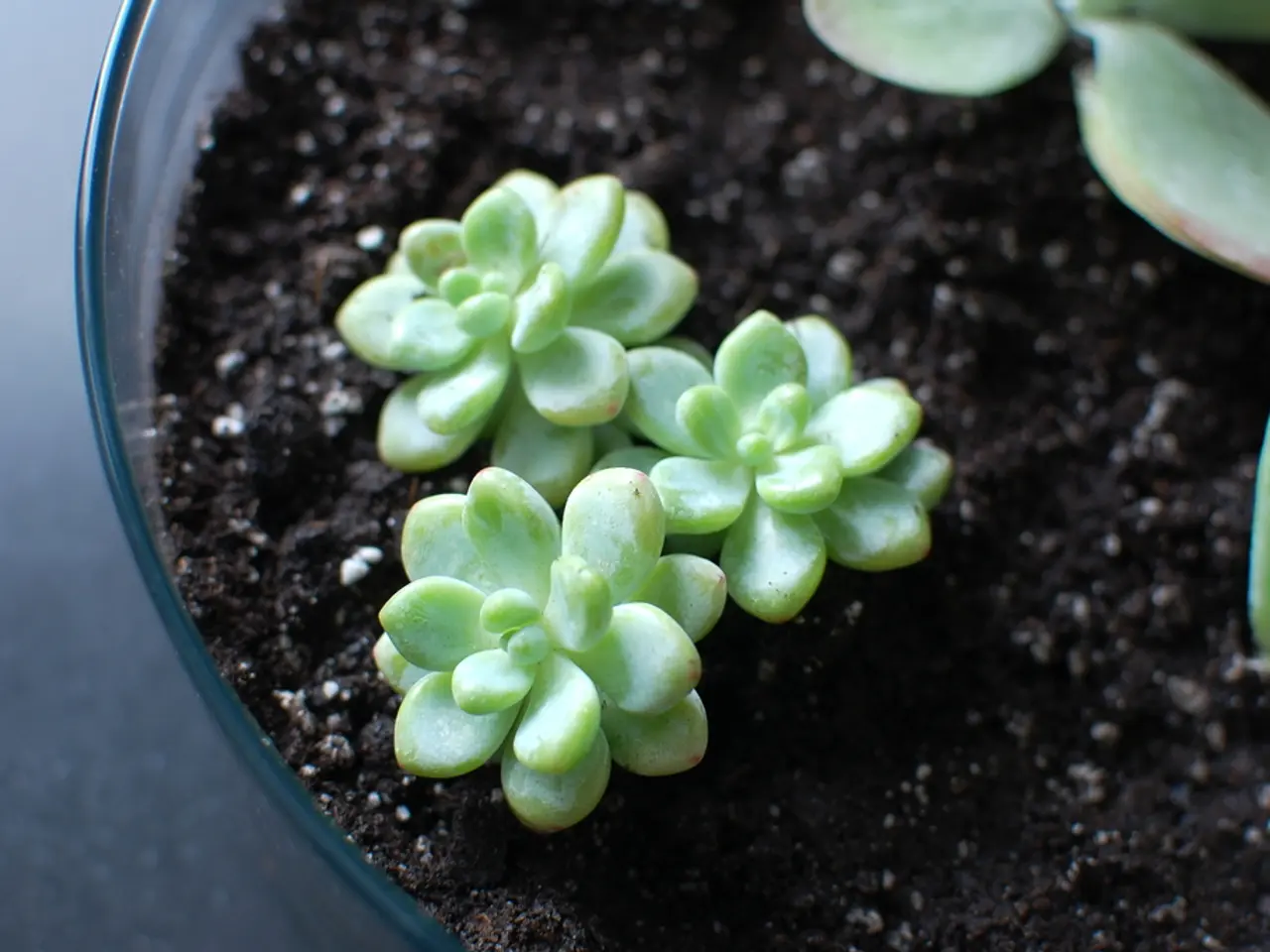Importance of Soil Analysis in Successful Gardening
Soil testing is an essential tool for both high-yield farms and small gardens, providing valuable insights into nutrient levels, pH balance, soil health, and overall soil composition. This diagnostic method is crucial for ensuring optimal plant growth, cost savings, and sustainable soil management.
Nutrient Assessment
Soil testing identifies the availability of both macronutrients (nitrogen, phosphorus, potassium) and micronutrients (iron, zinc, manganese, boron) that plants require for growth and development. By understanding the exact nutrient profile of the soil, farmers and gardeners can apply only the necessary fertilizers and amendments, avoiding nutrient deficiencies and toxicities, thus improving crop yields and plant health.
pH Levels
Soil testing measures the soil’s acidity or alkalinity, which is critical because nutrient availability is strongly influenced by pH. Most plants thrive in slightly acidic to neutral soils (pH 6.0-7.0). Soil tests guide corrective actions such as lime or sulfur application to adjust pH, ensuring nutrients remain accessible and preventing nutrient lock-up in overly acidic or alkaline soils.
Soil Health
Testing assesses organic matter content and biological activity. A higher organic matter content enhances water retention, nutrient cycling, soil structure, and supports beneficial microbial populations, contributing to resilient and productive soils. This is fundamental for both large-scale farms aiming for sustained production and small gardens seeking healthy plant growth.
Cost Savings
Soil testing prevents unnecessary fertilizer and amendment usage by providing targeted recommendations. This tailored approach reduces input costs, avoids potential environmental harms from over-fertilization, and maximizes return on investment for high-yield farms and budget-conscious gardeners alike. Furthermore, soil testing informs better water management and soil regeneration strategies, reducing risk and supporting longer-term productivity.
Conducting a Soil Test
To initiate a soil test, a sample can be taken and sent to local labs, gardening centers, or obtained from a local county extension office. The sample should be collected using a trowel, collecting about a cup's worth of soil from various parts of the garden, letting it air dry at room temperature, and transferring it to a clean container or resealable plastic bag. It is advisable not to test the soil when it is wet or recently amended.
Soil testing helps save money and time on gardening by providing information about the soil's nutrient profile, enabling targeted amendments. Through soil testing, growers can determine the application rates of fertilizers needed to enhance soil nutrient content. Moreover, soil testing is eco-friendly as it allows for the right amount of fertilizers to be used, reducing runoffs on waterways and minimizing energy consumption for fertilizer production.
In conclusion, soil testing is a vital practice for both large and small-scale growers. By understanding the nutrient profile, pH balance, soil health, and overall soil composition, growers can ensure optimal plant growth, save costs, and practice sustainable soil management. Different soils have unique nutrient profiles, which can affect the growth of certain types of plants, and different plants thrive in soils with different pH levels. Therefore, it is essential to conduct a soil test before planting crops to ensure the best possible conditions for growth.
The practice of soil testing provides essential information about the nutrient profile, pH balance, soil health, and overall soil composition, allowing gardeners to apply necessary fertilizers and amendments for healthy home-and-garden gardening. To achieve sustainable soil management and cost savings, it's important to conduct a soil-testing home-and-gardening project, whether you're a high-yield farmer or a budget-conscious gardener.




